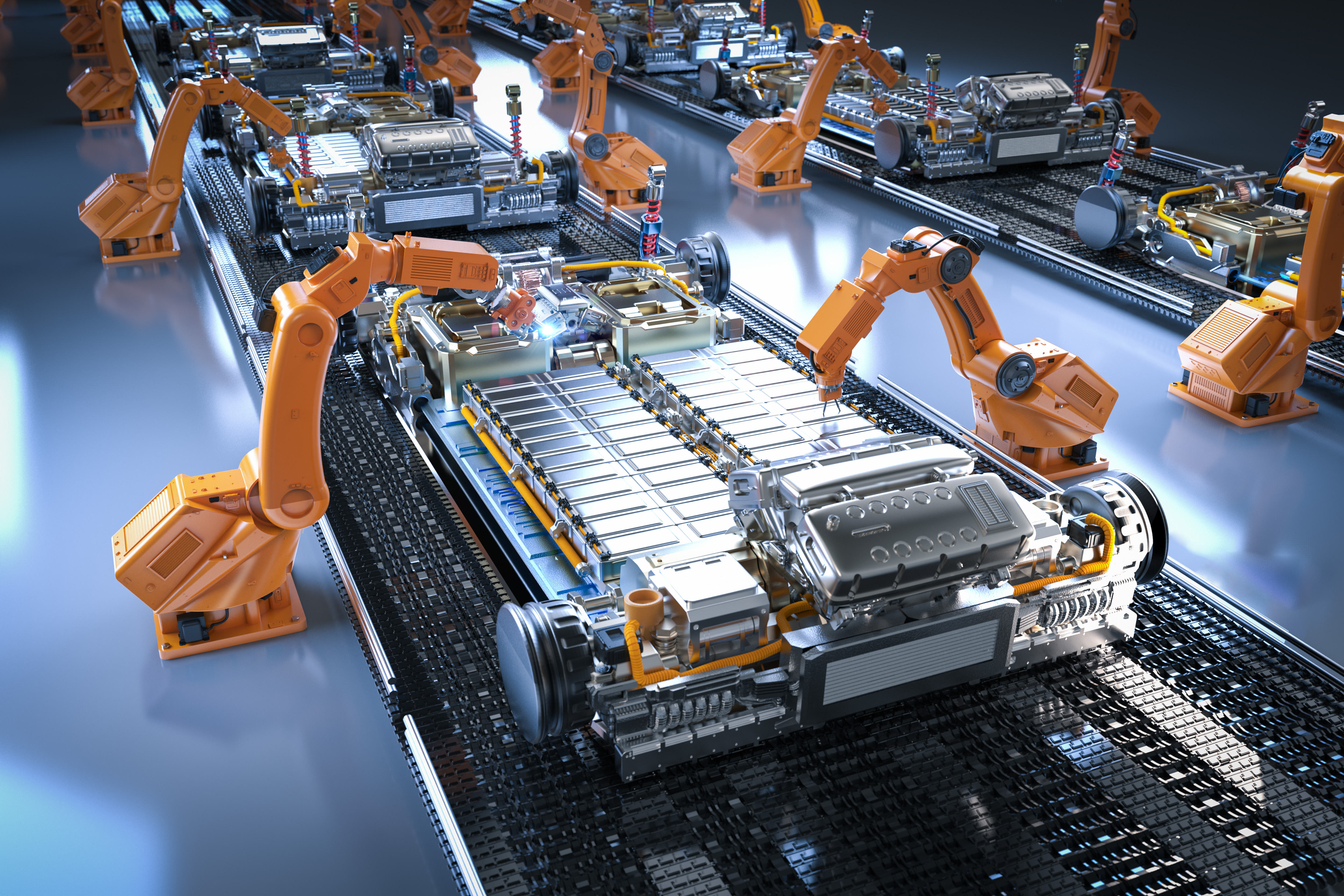AI And The Economy: Manufacturing’s Benefits Are Mostly Outside The Factory
While many industries are rushing to integrate generative artificial intelligence (AI) solutions into their processes and operations, AI’s role in the manufacturing tech stack may seem unclear to those working on the factory floor. This article from Forbes discusses how recent developments in AI can help manufacturers improve forecasting, supply chain management, product design, and more.
Artificial intelligence will help manufacturing by better understanding of demand for products and supply of inputs, with lesser impacts on what happens inside the plant. Robot technology continues to improve, but not at the rapid pace of the large language models (LLMs) that power chatbots such as ChatGPT.
The LLMs have made huge advances in processing words, numbers and images. Although many people hear “artificial intelligence” and think “robots,” don’t expect the LLMs to power robots any time soon. The LLMs gained power when huge quantities of data, scraped from the Internet, were used to train the models. Comparable data have not been assembled for robots, yet. Robotics will continue to improve thanks to better sensors, chips and experience, but not immediately at the rapid pace of LLMs.
Manufacturing’s benefits from AI will come mostly from better understanding of product demand and materials supply. Both will benefit from the integration of large language models with statistical models. Businesses have used statistics for many years, but the data had to be formatted precisely, and the data analyst had to know the various types of predictive models and how to use each one. Then the analyst either guessed at the appropriate model to use or spent many hours trying different models to determine which worked the best.
One model of predictive analytics systems combine large language models with statistical analysis software. The LLMs take instructions in English, such as, “Help me predict how many of my Widget-1000 will be ordered next July.” The system then connects the LLM to the company’s database of past orders. The LLM can format the data as needed. Either a statistical model can be developed or machine learning applied directly to the data. Finally, the system can tell the plant manager – in English or any language – how many orders to expect, along with a 95% confidence interval.
On the supply side, a similar process can predict late deliveries of input materials as well as workers sick or on vacation.
The predictions won’t be perfect, but they will be better than the common “finger in the wind” approach.
Engineers will find that AI can help with product design. The research firm AIMultiple explains, “Designers or engineers enter parameters of design (such as materials, size, weight, strength, manufacturing methods, and cost constraints) into generative design software and the software provides all the possible outcomes that can be created with those parameters. With this method, manufacturers quickly generate thousands of design options for one product.”
On the factory floor, two AI advances are improving activity. Machine learning (a building block of AI) can help predict needed maintenance. In addition to recommended maintenance schedules from a machine’s manufacturer, the system can monitor performance, both in quantity and quality of production. It can correlate this data with historical downtime records to anticipate upcoming problems. This will be easier where a factory has many machines of the same type.
The other factory-floor improvement automates quality inspections. Some inspections are simple and can be performed with old technology, but some inspections today require judgment from humans. For those products, sensors will inspect the item. The inspection could examine an image for size and flaws, weight and sound. They system would be trained at the same time humans are inspecting the process. The system would try to match the human’s judgment. Eventually, the system will be as good as the human. Afterwards, some human inspection would probably verify that the AI is working correctly.
AI will help manufacturing, but not revolutionize it. That matches my general conclusion that the domain of physical objects will be less impacted by AI.
Stay tuned for more gains in years to come.
This article was written by Bill Conerly from Forbes and was legally licensed through the DiveMarketplace by Industry Dive. Please direct all licensing questions to legal@industrydive.com.
![]()

